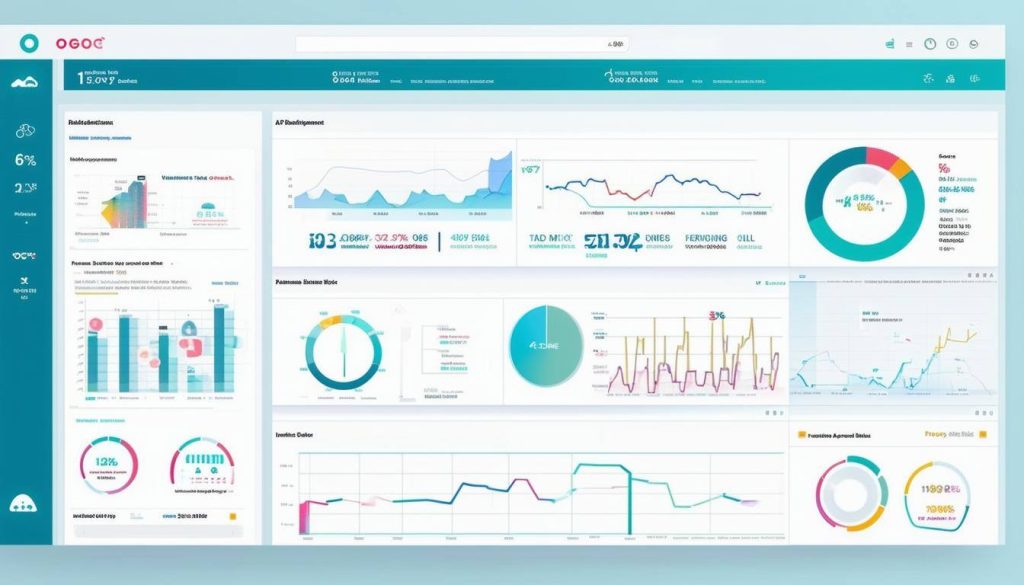Mastering Viewability: The Key Metric for Publishers
In this blog post, we will delve into the importance of viewability as a crucial metric for digital publishers in the …

February 26th, 2025
In this blog post, we will delve into the importance of viewability as a crucial metric for digital publishers in the realm of digital advertising.
Understanding Viewability in Digital Advertising
Viewability is a metric that measures whether an ad is actually seen by users on a webpage. It refers to the percentage of an ad that is visible on the user’s screen. This metric plays a vital role in increasing CPMs for Digital Publishers.
To determine viewability, certain criteria need to be met. According to the industry standards set by the Media Rating Council (MRC), an ad is considered viewable if at least 50% of its pixels are visible for a minimum of one second.
Understanding viewability is essential because it helps digital publishers assess the performance of their display ads accurately. Every Decile that you improve the average viewability across all units creates a 10-15% raise in CPMs for all units.
Benefits of Prioritizing Viewability for Publishers
Prioritizing viewability offers several benefits for digital publishers:
– Increased ad revenue: When ads are more viewable, advertisers are willing to pay higher prices, resulting in increased ad revenue for publishers.
– Enhanced brand reputation: Displaying viewable ads helps build trust and credibility with advertisers. Publishers who prioritize viewability are chosen by the higher value advertisers, many of who will not bid on inventory that is less than 60% viewable on average across all units.
– Easy CPM increase. If you track your average viewability, each decile that you cross leads to a 10-15% boost in CPMs. This means small improvements across a number of units can make a lasting difference.
Factors Influencing Viewability Metrics
Several factors can influence viewability metrics for digital publishers:
– Ad placement: Ads placed above the fold or within the main content area are more likely to be viewable compared to those placed in less visible locations.
– Ad format: Certain ad formats, such as large banners or interstitials, tend to have higher viewability rates due to their size and position on the screen.
– Page load time: Slow-loading pages may result in users scrolling past ads before they have a chance to fully load, negatively impacting viewability.
– User behavior: User scrolling patterns and engagement with the webpage can affect viewability. Ads placed in areas where users tend to spend more time are more likely to be viewed. For example, Header units directly at the top of the page – especially on mobile – have terrible viewability due to users rapidly scrolling down to get to the content.
Strategies to Improve Viewability Rates
To improve viewability rates, digital publishers can implement the following strategies:
– Optimize ad placement: Experiment with different ad positions and prioritize above-the-fold placements or within the main content area.
– Use viewability-friendly ad formats: Choose ad formats that are more likely to be viewable, such as large banners or sticky ads.
– Improve page load speed: Optimize website performance to ensure fast page load times, reducing the likelihood of users scrolling past ads.
– Lazy Load all units, and customize the lazy load settings until you get maximum viewability across all units.
– Analyze user behavior: Study user engagement and scrolling patterns to identify areas where users spend more time and optimize ad placement accordingly.
Measuring Success: Analyzing Viewability Data
Analyzing viewability data is crucial for digital publishers to measure the success of their ad campaigns. Some key metrics to consider include:
– Viewability rate: The percentage of ads that meet the viewability criteria.
– Average viewable time: The average duration for which ads are viewable on the screen.
– Viewable impressions: The number of ad impressions that meet the viewability criteria.
– Viewability by ad placement: Assessing viewability rates for different ad placements to identify the most effective positions.
By analyzing these metrics, publishers can gain insights into the performance of their ads and make data-driven decisions to optimize viewability.
How Advally can help you improve your Viewability score
Advally is a powerful digital advertising platform that specializes in optimizing viewability for publishers. With Advally, publishers can:
– Access advanced viewability analytics: Advally provides detailed viewability reports, allowing publishers to track and analyze their viewability performance.
– Optimize ad layout: Our process of Holistic Revenue Optimization offers intelligent ad placement recommendations based on viewability data, helping publishers maximize their ad visibility and subsequently CPMs.
– Test different ad formats: Advally allows publishers to experiment with various ad formats to identify the most viewability-friendly options.
– Monitor page load times: The platform monitors page load speeds and provides suggestions to improve performance, ensuring ads have sufficient time to load before users scroll past.
By leveraging the features of Advally, publishers can take proactive steps to improve their viewability scores and optimize their digital advertising strategies.
Related Blogs

Major Changes to Video with the plcmt Parameter
March 13th, 2025 by Doug Bishop
Explore how the new ‘plcmt’ parameter can transform video advertising strategies and impact video monetization.
Read More
Don’t let Cloudflare Accidentally Block your Ads.txt
March 13th, 2025 by Paul Stanisci
SSPs must have uninhibited access to your site’s Ads.txt. Inability to access ads.txt can compromise earnings if demand …
Read MoreDemystifying Google Ad Manager’s Pricing Models
February 26th, 2025 by Doug Bishop
Discover the different pricing models for advertising in Google Ad Manager and understand how they work to optimize …
Read More